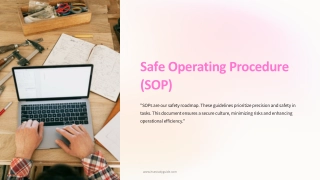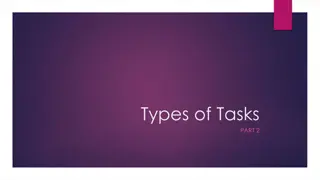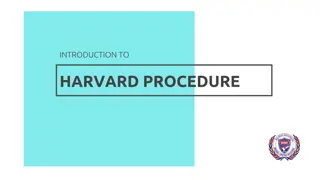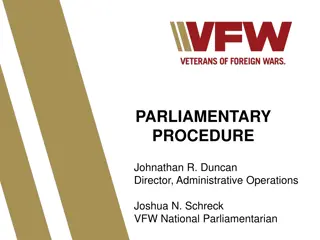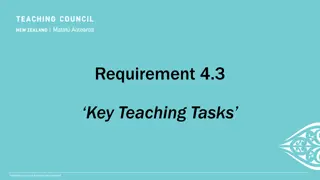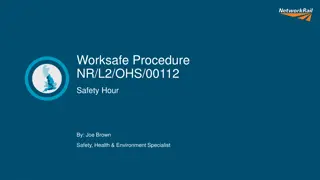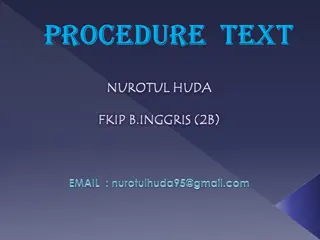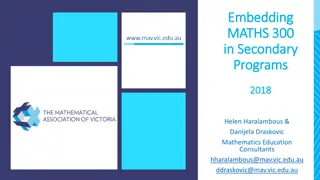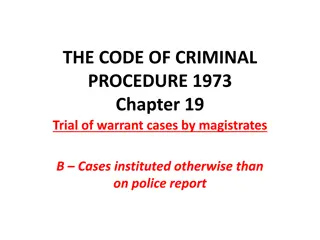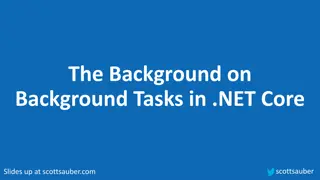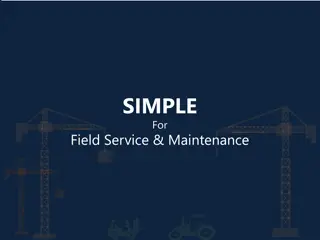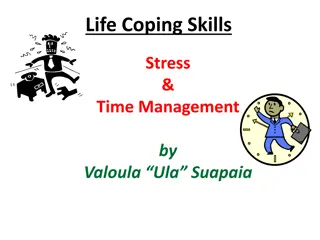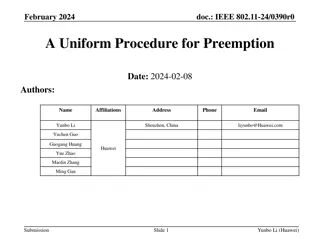Simple Procedure for Organizing Tasks Efficiently
Quickly arrange tasks into groups, avoid overloading, and manage operations effectively. Stay organized to prevent mistakes and unnecessary complications. Adapt this method seamlessly into your daily routine for continued productivity. Includes illustrations and examples.
Download Presentation

Please find below an Image/Link to download the presentation.
The content on the website is provided AS IS for your information and personal use only. It may not be sold, licensed, or shared on other websites without obtaining consent from the author. Download presentation by click this link. If you encounter any issues during the download, it is possible that the publisher has removed the file from their server.
E N D
Presentation Transcript
http://t0.gstatic.com/images?q=tbn:aCi8WDuSleV7BM:http://www.brainboxx.co.uk/A3_ASPECTS/images2/TALKthinkpairshare2.gifhttp://t0.gstatic.com/images?q=tbn:aCi8WDuSleV7BM:http://www.brainboxx.co.uk/A3_ASPECTS/images2/TALKthinkpairshare2.gif http://t1.gstatic.com/images?q=tbn:hvV1vqhwxmCcWM:http://clouddragon.files.wordpress.com/2008/08/saudi-black-marker.jpg
The procedure is really quite simple. First, you arrange things into different groups depending on their makeup. Of course, one pile may be sufficient depending on how much there is to do. If you have to go somewhere else due to the lack of facilities, that is the next step, otherwise you are pretty well set. It is important not to overdo any particular endeavor. That is, it is better to do too few things at once than too many. In the short run, this may not seem important, but complications from doing too many may arise. A mistake can be expensive as well. The manipulations of the appropriate mechanisms should be self-explanatory, and we don t need to discuss it here. At first the whole procedure will seem complicated. Soon, however, it will become just another part of your life. It is difficult to foresee an end to the necessity of this task in the future. (Bransford & McCarrell, 1974)
Do I deserve a mulligan? asked Bob. No, but I don t take a drop, said Al. Use a hand-mashie, then fly the bogey high to the carpet and maybe you ll get a gimme within the leather. You re right, said Bob, I ll cover the flag for a birdie and at least get a ginsberg if I m not stymied.
Proficiency Levels (CAL, 1998)
Proficiency Levels (CAL, 1998)
Proficiency Levels (CAL, 1998)













